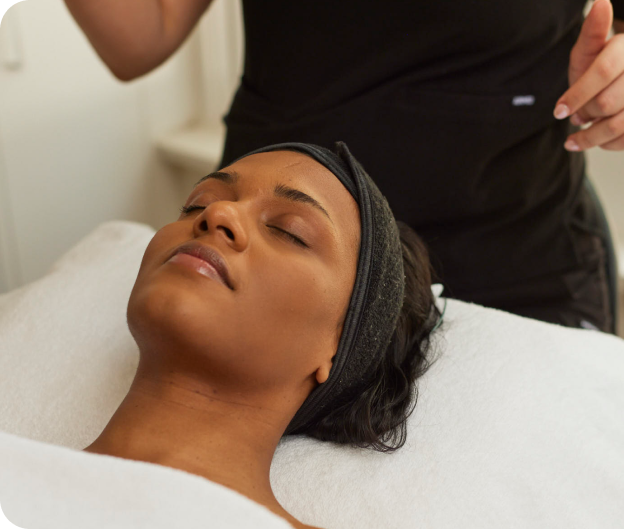
Alice and her Aunt at a Breast Cancer event hosted by Epworth last week.
October is National Breast Cancer Awareness month, and we as a clinic wanted to highlight the impact this disease has on Australians.
Last week Dr Alice Rudd attended a lunch at the Sofitel for the Epworth Foundation with her Aunty, which was all about the modern epidemic of Breast Cancer in Australia.
The impact of Breast Cancer in Australia
Breast cancer can be defined as a disease that develops when cells within the breast grow abnormally and multiply to form a tumour. Thanks to medical research, breast cancer that is contained within the breast is now largely treatable.
Did you know that after skin cancer, breast cancer is the second most commonly diagnosed cancer in Australia?
Not only is this type of cancer so common amongst us, but its incidence is also increasing – with 1 in 7 Australian women and about 1 in 600 Australian men expected to be diagnosed in their lifetime.
Thankfully, Australia has a very high survival rate when it comes to cancer of the breasts, five-year breast cancer survival rates have improved from 76% to 92% since 1994. We can thank phenomenal advancements in the treatment and research of breast cancer for the increase in survival rates over the past 30 odd years.
Whilst many Australians have a high chance of surviving breast cancer, the unfortunate fact is that 9 of us still lose our lives to the disease every single day.
One of the biggest factors to help reduce the incidence of breast cancer deaths, is early detection. Whilst monograms and scans are helpful, regular checks of the breasts should be performed at home to ensure any irregularities are caught early.

Risk Factors
Here is a list of environmental, lifestyle, genetic and other factors that can increase the risk of breast cancer development.
- Gender, 99% of breast cancer cases occur in women.
- Ageing, the older women get, the higher their risk of developing breast cancer.
- Alcohol intake, drinking alcohol is associated with an increased risk of breast cancer, and with breast cancer returning.
- Being overweight and obesity, for women who have experienced menopause (postmenopausal women), being overweight or obese, or gaining weight, is linked to an increased risk of breast cancer.
- Smoking, there is evidence that suggests an association between smoking and breast cancer risk.
- Family history, a family history of breast cancer means having a first-degree relative who had or has breast cancer.
- Having the BRCA1 and BRCA2 genes, a fault (or mutation) in the BRCA1 and BRCA2 genes is associated with an increased risk of breast and ovarian cancer.
- Age when period started, starting periods at an early age (before the age of 12) is linked to a slightly increased risk of breast cancer.
- Late menopause, having menopause later is linked to an increased risk of breast cancer.
- High breast density, having higher than average breast density (as detected by a mammogram) is linked to an increased risk of breast cancer. Breast density can only be measured by a mammogram and is not related to how the breasts look, feel, their size or firmness.

Symptoms
Breast cancer often has no symptoms, but there are some things you might like to look for in the skin and tissue:
- A lump or thickening in the breast, especially if it is only in one breast.
- Changes in breast size or shape.
- Swelling in the armpit – due to enlarged lymph nodes.
- Nipple changes, could present as changes to the shape of the nipple, such as crusting, sores or ulcers, redness or inversion (a nipple that turns in when it used to point out).
- Breast pain can also be a symptom of cancer, but this isn’t common.
- P’eau D’orange. This is where breast skin becomes thick, red, and looks pitted, like an orange peel. The area might also feel warm or tender and have small bumps that look like a rash.
- Fluid leaking or discharge from the nipple that occurs without squeezing.
What should you do if you experience any of the above?
It is important to remember that most breast changes are not caused by cancer, and the symptoms listed can be caused by other medical conditions. However, if you have noticed any symptoms or changes in your breasts, it is important that you see your doctor without delay so that the changes can be checked. This may include a physical examination or imaging of your breasts.
Get in touch to book a consultation with one of our doctors if you have concerns about the skin of your breasts.
